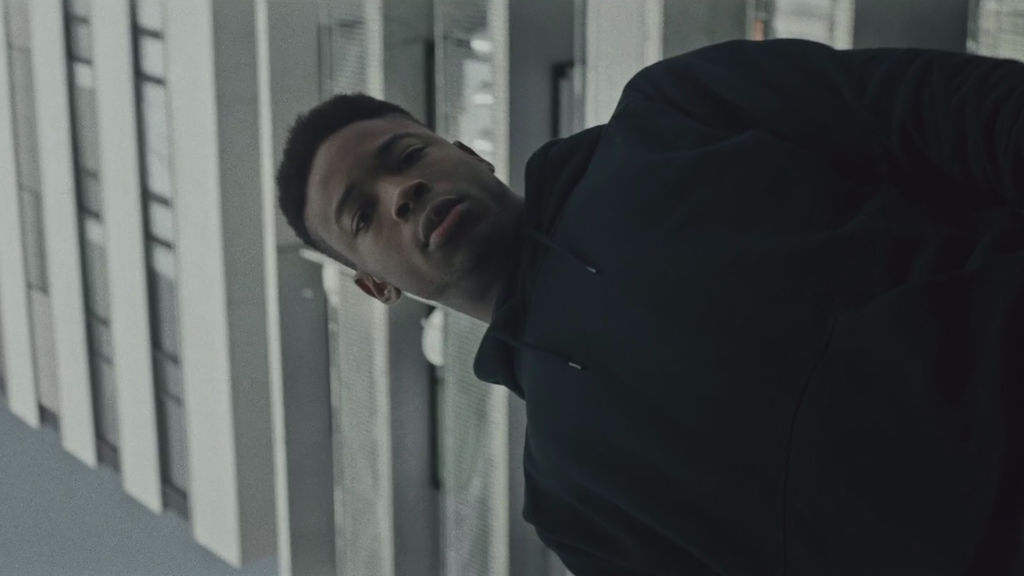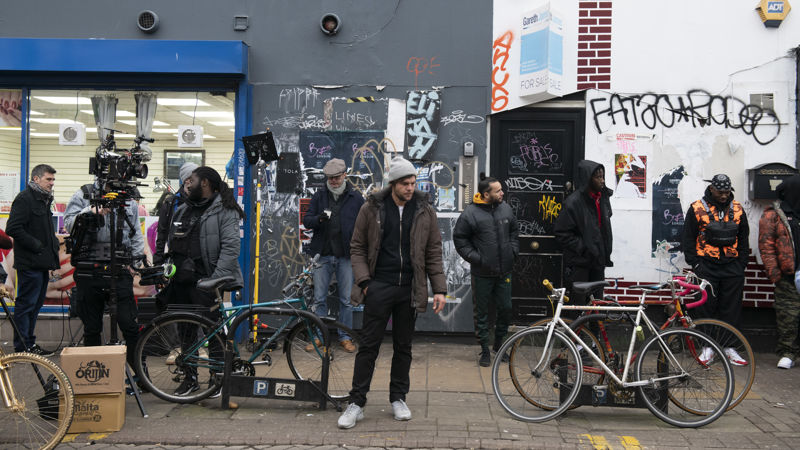Student filmmaker’s pro-bono work for Mind.se punches a hole in mental health preconceptions
The film, from Salzburg’s University of Applied Sciences undergraduate Christoffer Borggren, uses boxing as a powerful metaphor for a sufferer’s internal struggles.
Here at shots we see a lot of spec spots from filmmaking students. Terrifically impressive as most of them are, many look towards big brands or companies with a strong visual identity to play off when making their mini-masterpiece. That’s why when young director Christoffer Borggren sent us his mental-illness-combating spot Fragile, we took notice.
Created as a pro-bono piece for mental health charity Mind.se, Fragile’s impressively cinematic staging and compelling central character tell a powerful account of the inner turmoils of seemingly ‘healthy’ people. Shot with a student crew and on a limited budget, the films’ restrictions are invisible in the final product, which easily impresses with it’s concise messaging and tight edit.
We grabbed a bit of time with Borggren (currently finishing a Multimedia Arts course at the University of Applied Sciences, Salzburg) to find out more about its making.
Credits
powered by
-
-
- Director Christoffer Borggren
-
-
Unlock full credits and more with a Source + shots membership.
Credits
powered by
- Director Christoffer Borggren
- Colorist CBBB
- DP/Writer Christoffer Borggren
- DP Jakob Neuhauser
- Assistant Director Simone Kaltenbrunner
- Producer Saskia Eder
- Production Supervisor Nickolaus Seidlberger
- Composer Philipp Mair
- Composer Michael-Alexander Brandstetter
- Sound Designer Bernd Siebenhofer

Credits
powered by
- Director Christoffer Borggren
- Colorist CBBB
- DP/Writer Christoffer Borggren
- DP Jakob Neuhauser
- Assistant Director Simone Kaltenbrunner
- Producer Saskia Eder
- Production Supervisor Nickolaus Seidlberger
- Composer Philipp Mair
- Composer Michael-Alexander Brandstetter
- Sound Designer Bernd Siebenhofer
How did you get involved with the mind project? Where did the concept come from - did the charity have something in mind or were you given free rein?
At the university, we are obliged to do at least three films. I was searching for my next one and, for the longest time, I’ve been interested in doing something depicting mental health. The ads and campaigns concerning this theme, especially in Sweden, take the same approach and portray ‘sad people’ as the target group. To people who don’t suffer, this comes across as very misleading, as many sufferers are very good at hiding their struggles and pain in public.
I wanted to portray a person with mental illness but focus on the fact that the illness itself is invisible. After coming up with the idea to disguise it with boxing, I reached out to the non-profit organisation Mind and sent them a treatment which outlined my concept, visual style and ambition. They thought the idea was strong and suggestive and liked that our target group were the ‘healthy’. I started doing interviews to learn more about the topic and, with the help of Mind’s research, I finalised the concept.
How was the university involved in the production?
The University supports us with a lot of equipment, like cameras, that we could never afford to rent on a normal student production. As well as equipment, they also support us a technical and conceptual perspective. I really like the creative freedom they give us, we are not really limited at all and always backed with support and feedback.
Above: Stills from the film
What was the prep for the shoot? How did you cast the central character?
The biggest challenge I faced in pre-production was to either find a boxer that could act or an actor with boxing experience. I must have searched through about 50 boxing clubs and contacted many agencies in Germany & Austria until I finally found Dimitri Abold. He’s an actor from Munich who I felt like could really play the part, but he was missing the boxing experience. As a director, I always hope to encounter an artist who is willing to take a risk and trust me, so was pleased when Dimitri was open to train hard and learn to box for the role.
Because of the low budget, we were very limited within concept and were worried that we’d have to shoot on locations far away. In the end, we shot in Salzburg, Austria and managed to scout all of the locations nearby. Thankfully, every location in the film is within a radius of just a few km from each other.
How was the shoot? Who made up your crew?
The shoot went really well. We shot the whole thing in two days without too much stress. The crew was made up mainly of students from the university, a few of which I’d worked with before. The cinematographer Jakob Neuhauser, who I’ve worked with for a while now, is very technical, has a great eye and is always open to finding new shots when on set.
I’m always so amazed at how talented the students are, they are really professional. In the end, the final piece is reliant on the strength and talent of your crew.
Above: Behind the scenes images, taken by Ola Claesson and Christoffer Borggren
What's happening with the film now it's made?
The film has been donated to Mind and put online for everyone to watch. The goal with the PSA is to remind people that mental illness is invisible and we hope to spark a conversation about the topic.
Mind continues their work to educate the public, as well as politicians, about how, together, we can reduce the number of suicides in society. I feel it is important to talk about suicidal thoughts, as one of the things that impedes mental health treatment is continuing to stigmatise it.
What's up next for you?
I’m about to finish my studies and I’ve just embarked on two new projects, one of them being a fictional short. I’m also looking to take on more commercial work.
)

























